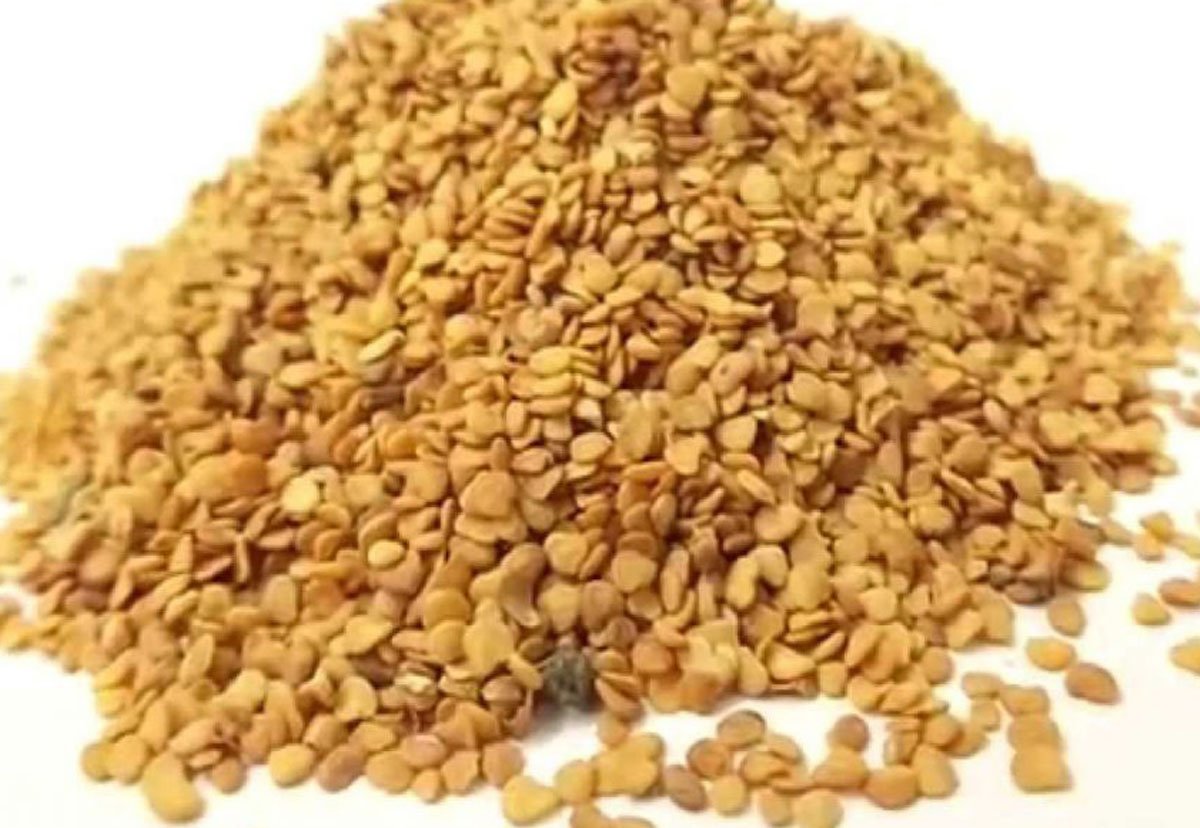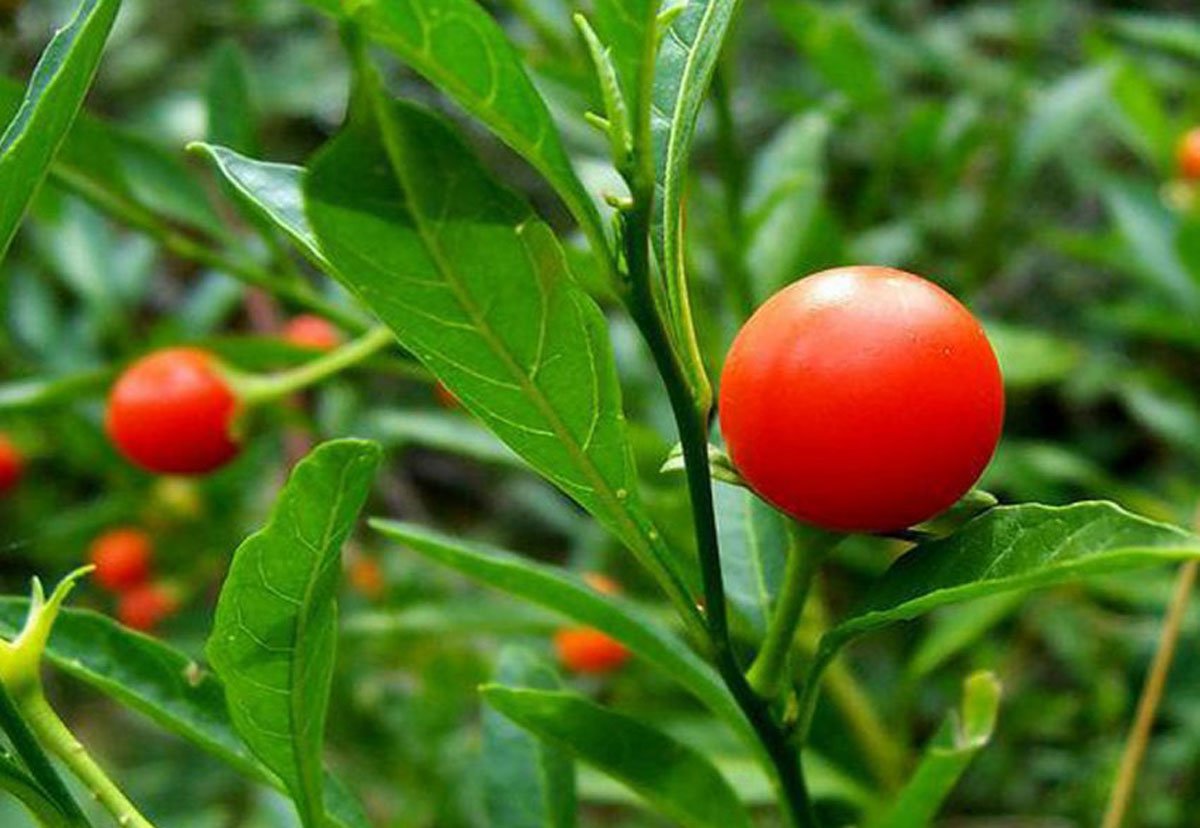Ashwagandha
Product information
Scientific Name: Withania somnifera
Seed Shape: Misc
Seed Size: 0.2 -0.4 cm diameter
Seed Color: light yellow
Usage: Germination (not for oil extraction)
Age: Fresh (less than a year, good for germination)
Origin: India
Packing of seeds: Plastic bag
Availability: Throughout the year
General Details
Botanical Name: Withania somnifera
English Name: Cluster winter cherry, Indian ginseng, Poison gooseberry
Hindi Name: Asagandh, Ajagandha, Punir
Family: Solanaceae
Propagation: By seeds
Medicinal properties
Root: Aphrodisiac, Heart tonic, Anti-inflammatory, Anti-oxidant, Anti-disease, Anti-cancer, Anti-ulcer, Anti-septic, Anti-tumor, Anti-carcinogenic, Anti-bacterial, Anti-depressant, Anti-epileptic, Adaptogenic, Cardio-protective, Deobstruent, Galactogogue, Diuretic, Narcotic, Abortifacient.
Tuberous roots are reported to be tissue building and effective in treating leucoderma, constipation, insomnia, nervous breakdown and also used as aphrodisiac, debility from age, emaciation of children.
Leaves: Leaves for fever, painful swelling and ophthalmia. A paste of root and leaves applied to carbuncles ulcers and painful swellings.
Fruit: Diuretic
Seed: Hypnotic, Diuretic, used for coagulating milk.
General characteristics
Ashwagandha is a short shrub that grows naturally all around the Indian subcontinent; but is also native to the Middle East and North Africa. It is cultivated in many of the drier regions of India, such as Mandsaur District of Madhya Pradesh, Uttar Pradesh, Punjab, Sindh, Gujarat and Rajasthan. It is also found in Nepal. The plant is a short shrub growing 35 to 75 centimeters tall.
Tomentose branches extend radially from a central stem. The flowers are small and green. The ripe fruit is orange-red. It is actually the plant root and seeds that are used in ayurvedic medicine. The roots can occur as one long thick structure, similar in shape to an extra large carrot, or it can occur as a subsystem of various inter-twined roots.
Medicinal Uses
Ashwagandha is an ayurvedic herb that has been used for centuries in India as an adaptogenic herbal remedy to improve overall health, vitality and longevity and to help the body cope with daily stress, and as a general tonic. Ashwagandha has a lot of uses. Ashwagandha is used for arthritis, anxiety, trouble sleeping (imsomnia), tumors, tuberculosis, asthma, a skin condition marked by white patchiness (leukoderma), bronchitis, backache, fibromyalgia, menstrual problems, hiccups, and chronic liver disease.
It is used for the high blood sugar, blood pressure, and cholesterol, joint pain, paralysis and for increase of hemoglobin. It has been used as antioxidant, and it slows down the growth of lungs, breasts, and colon cancer cells. It has anti-anxiety effect and as a tonic, it increases sexual potential.





 Keen to Serve Our Best on Your Farm
Keen to Serve Our Best on Your Farm








